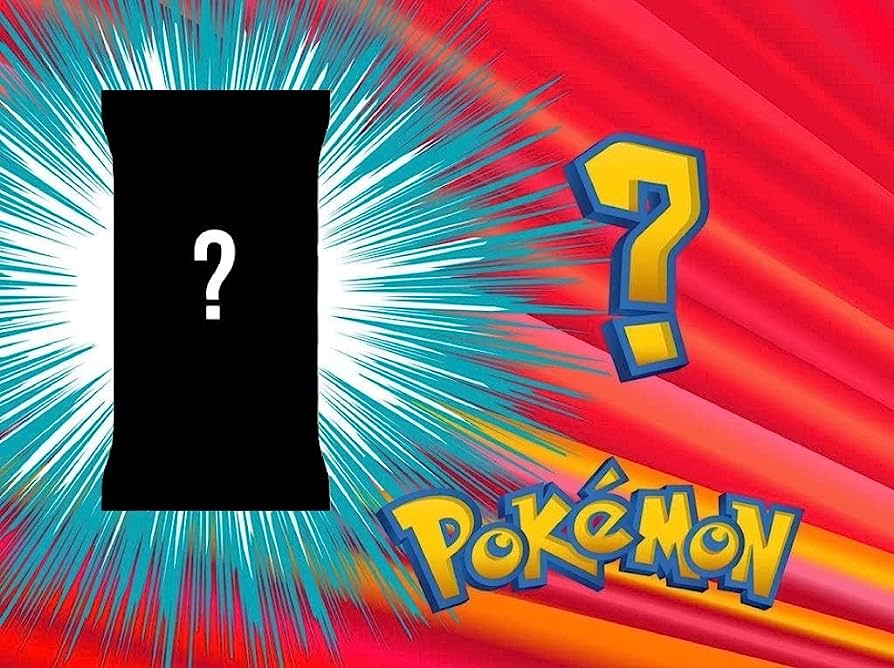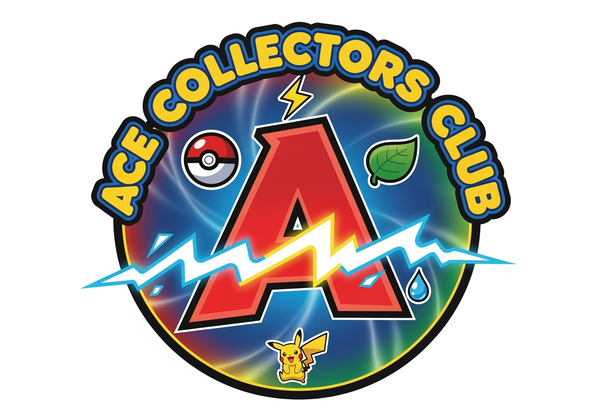
How to Start Collecting Pokémon Cards – A Beginner’s Guide
Share
Introduction
Pokémon cards have been capturing hearts for over two decades, blending nostalgia, strategy, and collectibility into one unforgettable hobby. Whether you’re a longtime Pokémon fan or someone discovering the magic of this world for the first time, collecting Pokémon cards is an exciting and rewarding experience. From the thrill of opening booster packs to the joy of finding a rare card for your collection, this hobby offers something for everyone.
For beginners, however, getting started can feel overwhelming. With countless card types, sets, and prices, it’s easy to feel lost. But don’t worry! This guide will walk you through everything you need to know about starting your Pokémon card collection—without breaking the bank.
Why Start Collecting Pokémon Cards?
Collecting Pokémon cards isn’t just a hobby; it’s a journey. Here’s why so many people fall in love with it:
1. Nostalgia & Fandom: For many, Pokémon cards are a way to relive childhood memories. They bring back the excitement of Saturday morning cartoons, trading with friends at recess, or playing the video games for hours.
2. Community: The Pokémon card community is vast and welcoming. Whether you’re trading cards with friends, participating in local events, or joining online forums, there are endless opportunities to connect with other fans who share your passion.
3. A Fun Hobby: The thrill of opening a fresh pack of cards never gets old. Every pack is a mystery, and you never know what rare or shiny card might be inside.
4. Potential Value: Pokémon cards can also be an investment. While it’s important to collect for fun first, certain rare cards can appreciate significantly over time. For example, a first-edition holographic Charizard from the Base Set is now worth thousands of dollars.
Ultimately, Pokémon card collecting offers a blend of nostalgia, social connection, and even financial potential that few hobbies can match.
Understanding Pokémon Cards: Types & Rarity
Before diving into collecting, it’s important to understand the different types of Pokémon cards and how rarity works. This knowledge will help you make smarter decisions about what to collect and how to value your cards.
1. Card Types:
Pokémon cards are divided into several categories, each with its own appeal:
• Common Cards: Marked with a small circle in the bottom corner, these cards are easy to find and appear frequently in booster packs.
• Uncommon Cards: Identified by a diamond symbol, these are slightly harder to find and often feature stronger moves or abilities.
• Rare Cards: Marked with a star, these cards are highly sought after. Rare cards may also come in holographic (shiny) versions, which are even more collectible.
• Ultra-Rare Cards: These include cards labeled as EX, GX, V, VMAX, or Full Art cards. Ultra-rares typically have unique designs, textures, or special abilities that make them stand out.
• Secret Rares: These cards go beyond the set’s official numbering (e.g., 121/120) and are designed to be exceptionally rare and exciting to pull.
2. Understanding Card Sets:
Pokémon cards are released in sets, each containing a specific number of cards. Sets are updated periodically to introduce new Pokémon, abilities, and mechanics. Popular sets include:
• Base Set (the original release that started it all).
• Sword & Shield series (modern sets with a wide variety of Pokémon).
• Specialty Sets like Celebrations, designed for collectors.
Beginners may want to focus on recent sets, as they are widely available and less expensive than older, rare sets like the Base Set or Neo Series.
3. Card Condition:
Condition is crucial for collectors, as it significantly impacts a card’s value. Here’s how cards are typically graded:
• Mint: Perfect condition, no scratches, bends, or marks.
• Near-Mint: Very minor imperfections, but still looks great.
• Played: Noticeable wear from use in gameplay.
• Damaged: Bends, tears, or other significant flaws.
To protect your cards and maintain their value, always handle them carefully and store them properly (more on this later).
Getting Started Without Breaking the Bank
Starting a Pokémon card collection doesn’t have to cost a fortune. By setting a budget and focusing on the essentials, you can dive into the hobby without overspending. Here are some practical tips:
1. Set a Budget
Pokémon card collecting can quickly become addictive, so it’s essential to establish a monthly or per-purchase budget. A good starting point for beginners is between $20 and $50. This allows you to explore different products without feeling overwhelmed by the cost.
2. Choose Starter Products
The best way to begin collecting is by purchasing products tailored for new collectors:
• Booster Packs: Affordable and widely available, booster packs include a random assortment of cards. Each pack typically contains a mix of commons, uncommons, and at least one rare card.
• Theme Decks: Pre-constructed decks designed for gameplay. These include a variety of cards and are a great way to get familiar with how the game works while building your collection.
• Elite Trainer Boxes: These are slightly more expensive but offer great value for beginners. They include several booster packs, protective sleeves, dice, and other accessories.
3. Focus on Recent Sets
Newer sets, such as those from the Sword & Shield or Scarlet & Violet series, are affordable and easy to find in stores or online. They offer exciting cards without the premium prices of vintage sets like the Base Set or Neo Genesis.
4. Trade with Friends or Local Collectors
Trading is a fun and cost-effective way to build your collection. You can exchange duplicates or unwanted cards for ones you need. Visit local game stores or join online communities to connect with other collectors.
5. Avoid Overspending on Rare Cards
As tempting as it may be to splurge on a rare or expensive card right away, patience is key. Focus on building your collection gradually, and save high-ticket purchases for when you’re more experienced and confident in evaluating card value.
Where to Find and Buy Pokémon Cards
1. Local Retailers: Visit Target, Walmart, or hobby stores.
2. Online: Stick to Pokémon Center, TCGPlayer, and eBay cautiously.
3. Events: Conventions and collector events offer in-person trading opportunities.
